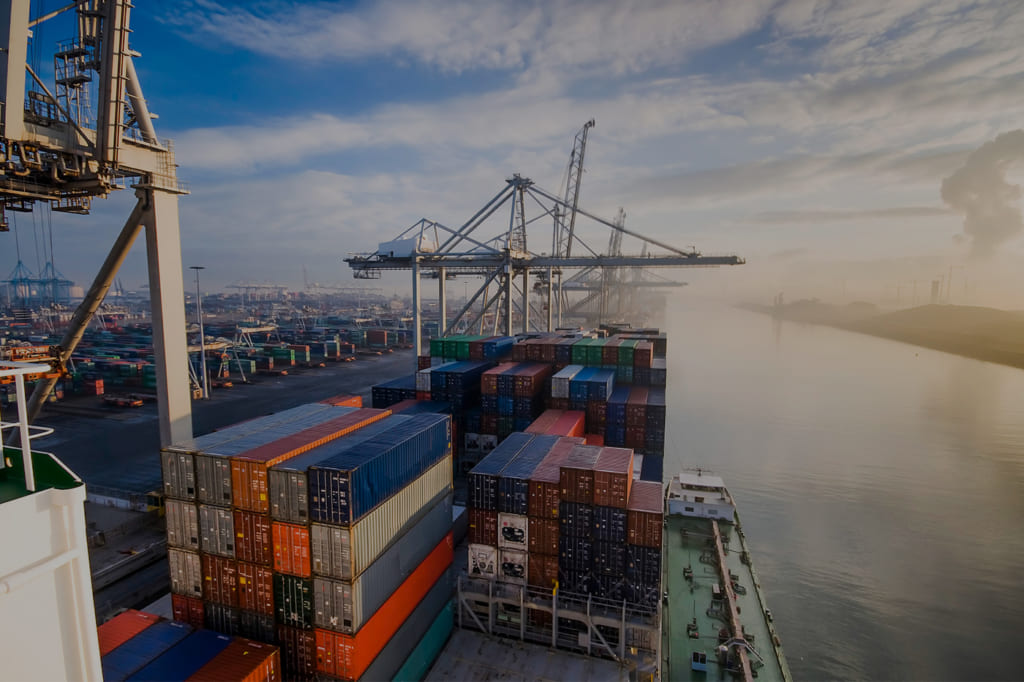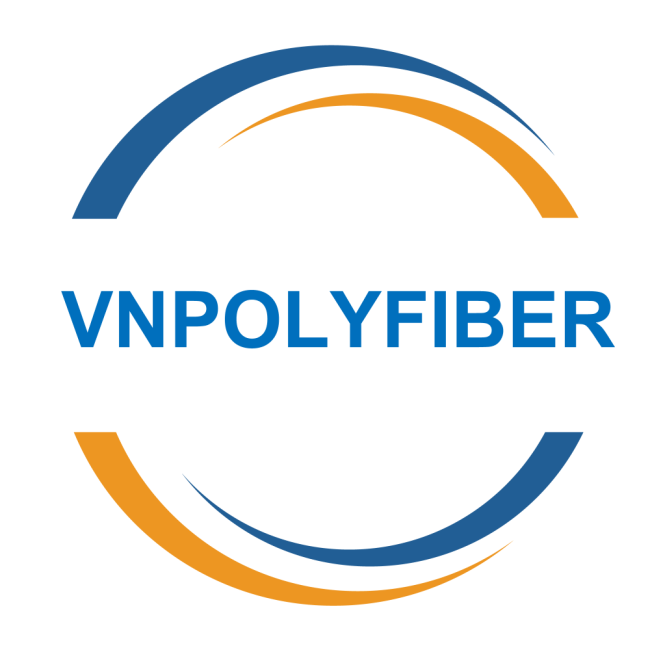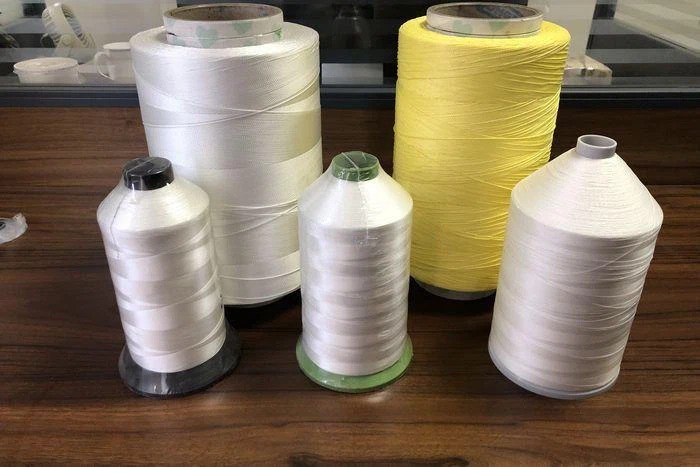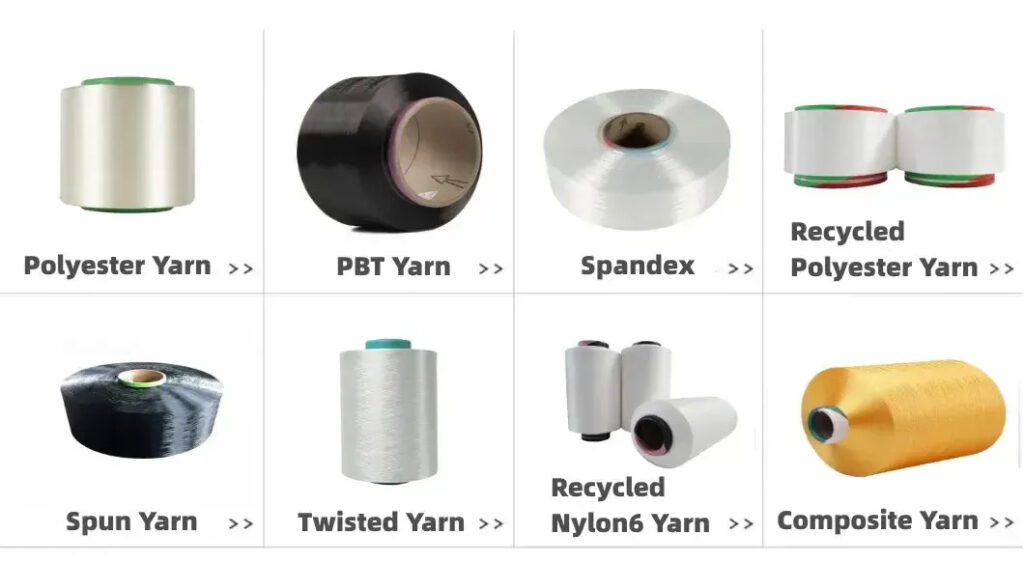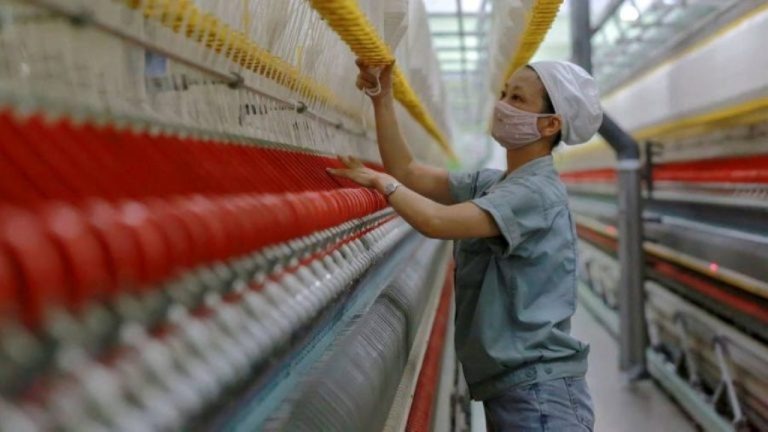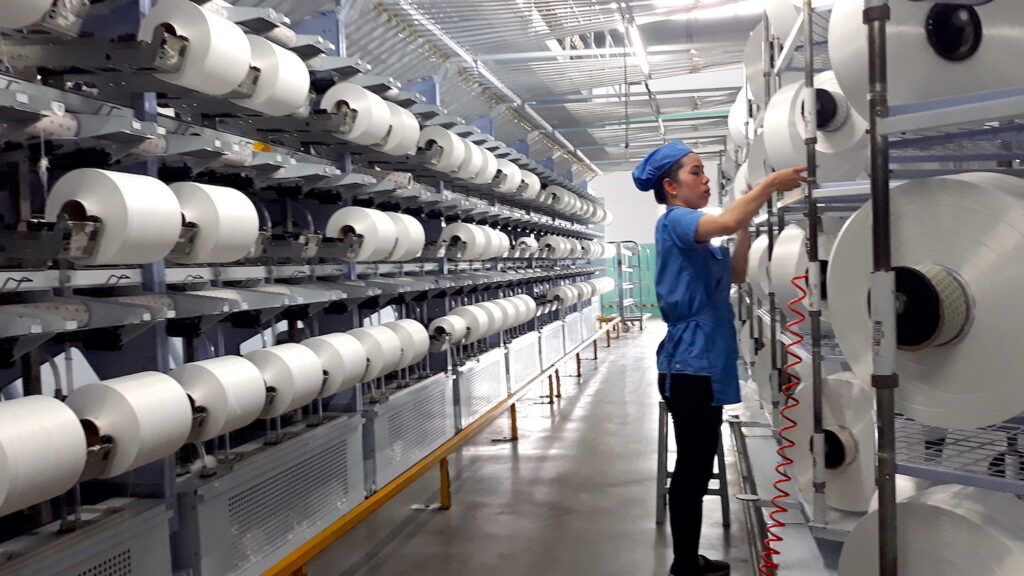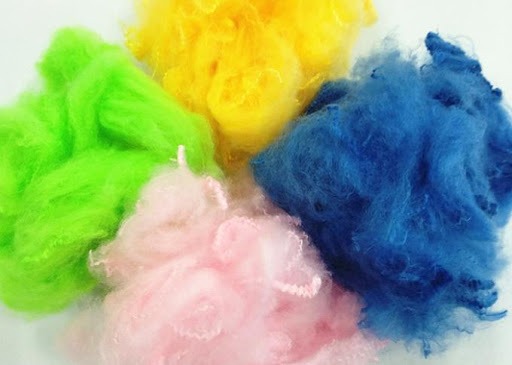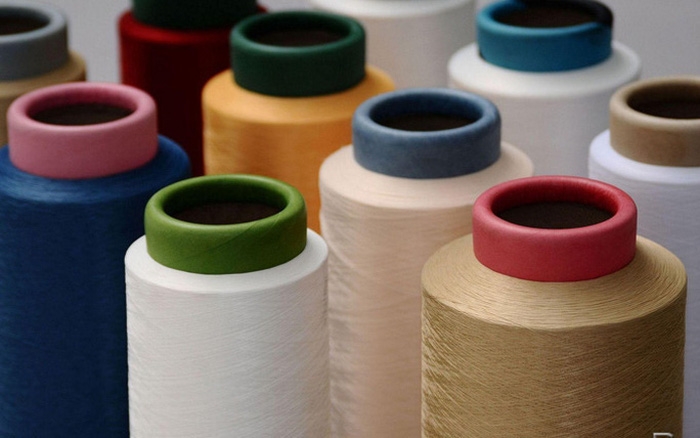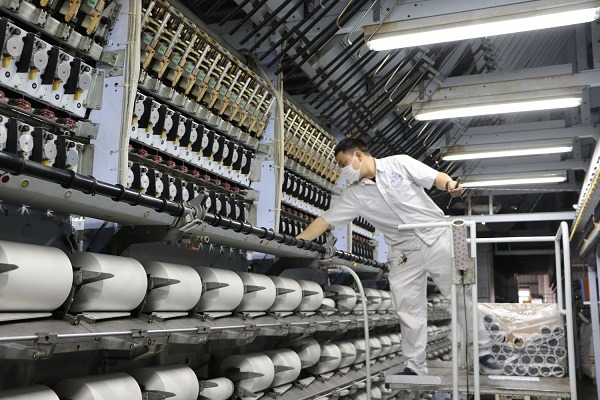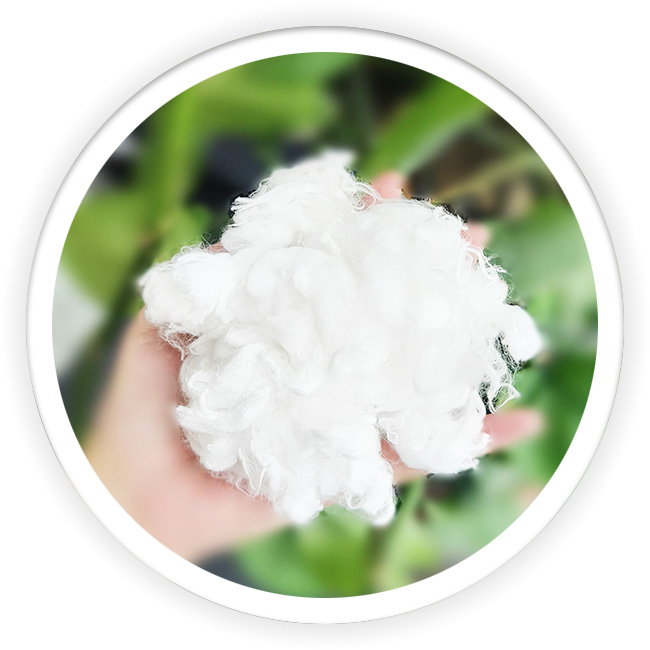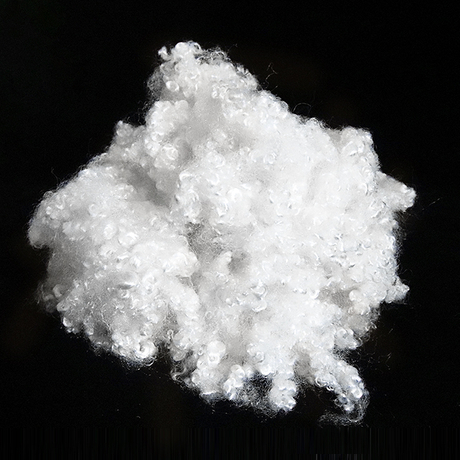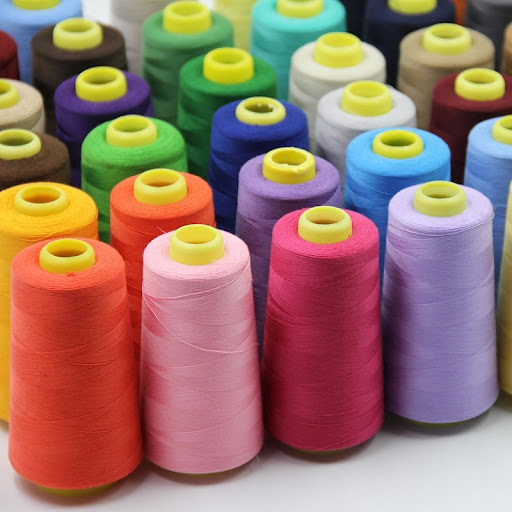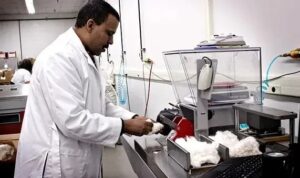Vietnam started to conduct an investigation into the dumping of polyester filament yarn The Ministry of Industry and Trade of Vietnam started to conduct an investigation into the dumping of polyester filament yarn products in the Vietnamese market in April 2020 on the basis of a request from the domestic industry submitted in November 2019….
Category Archives: Tin tức
ANNOUNCEMENT IMPOSITION OF OFFICIAL ANTI-DUMPING DUTIES ON CERTAIN POLYESTER YARN PRODUCTS IMPORTED FROM PEOPLE’S REPUBLIC OF CHINA, REPUBLIC OF INDIA, REPUBLIC OF INDONESIA AND MALAYSIA (Enclosed with the Decision No. 2302/QD-BCT dated October 13, 2021 of the Minister of Industry and Trade) Goods subject to anti-dumping duty Polyester yarn products are the goods subject to…
Việt Nam Điều tra chống bán phá giá đối với sợi dài làm từ polyester (sợi PFY hay sợi filament) từ năm 2019 đến năm 2025 Ngày 06 tháng 4 năm 2020, Bộ Công Thương ban hành Quyết định số 1079/QĐ-BCT điều tra chống bán phá giá đối với sợi dài làm từ polyester (còn…
BỘ CÔNG THƯƠNG ——- CỘNG HÒA XÃ HỘI CHỦ NGHĨA VIỆT NAM Độc lập – Tự do – Hạnh phúc ————— Số: 2963/QĐ-BCT Hà Nội, ngày 30 tháng 12 năm 2022 QUYẾT ĐỊNH SỬA ĐỔI, BỔ SUNG QUYẾT ĐỊNH SỐ 2302/QĐ-BCT NGÀY 13 THÁNG 10 NĂM 2021 CỦA BỘ TRƯỞNG BỘ CÔNG THƯƠNG ÁP DỤNG…
THÔNG BÁO Rà soát lần thứ hai việc áp dụng biện pháp chống bán phá giá đối vói một số sản phẩm sợi dài làm từ polyester có xuất xứ từ Cộng hòa Án Độ, Cộng hòa In-đô-nê-xi-a, Ma-lai-xi-a và Cộng hòa nhân dân Trung Hoa (Kèm theo Quyết định số 421/QĐ-BCT ngày 18 tháng…
THÔNG BÁO ĐIỀU CHỈNH MỨC THUẾ CHỐNG BÁN PHÁ GIÁ ĐỐI VỚI MỘT SỐ NHÓM CÔNG TY TRÊN CƠ SỞ KẾT QUẢ RÀ SOÁT LẦN THỨ NHẤT VIỆC ÁP DỤNG BIỆN PHÁP CHỐNG BÁN PHÁ GIÁ ĐỐI VỚI MỘT SỐ SẢN PHẨM SỢI DÀI LÀM TỪ POLYESTER CÓ XUẤT XỨ TỪ CỘNG HÒA ẤN ĐỘ,…
ANNOUNCEMENT IMPOSITION OF PROVISIONAL ANTI-DUMPING DUTIES ON CERTAIN POLYESTER YARN PRODUCTS IMPORTED FROM PEOPLE’S REPUBLIC OF CHINA, REPUBLIC OF INDIA, REPUBLIC OF INDONESIA AND MALAYSIA (Enclosed with the Decision No. 2080/QD-BCT dated August 31, 2021 of Minister of Industry and Trade) Goods subject to provisional anti-dumping duty Polyester yarn products are the goods subject to…
Different names of Polyester Staple Fiber Polyester is usually a kind of polymer synthesized by condensation of dicarboxylic acid and diol. Its basic chains are linked by ester bonds. Polyester usually refers to the polycondensation of dicarboxylic acid and diol, including fibers composed of linear macromolecules containing more than 85% of diethyl terephthalate in all…
What is fiberfill? Fiberfill is a versatile and essential component in many soft furnishings. Understanding its various types and applications can assist you in making informed decisions for your projects. Fiberfill, commonly referred to as polyester fiberfill, is a synthetic material widely utilized as stuffing or padding in various products. It is composed of polyester…
THÔNG BÁO ÁP DỤNG THUẾ CHỐNG BÁN PHÁ GIÁ CHÍNH THỨC ĐỐI VỚI MỘT SỐ SẢN PHẨM SỢI DÀI LÀM TỪ POLYESTER CÓ XUẤT XỨ TỪ CỘNG HÒA NHÂN DÂN TRUNG HOA, CỘNG HÒA ẤN ĐỘ, CỘNG HÒA IN-ĐÔ-NÊ-XI-A VÀ MA-LAI-XI-A (Ban hành kèm theo Quyết định số 2302/QĐ-BCT ngày 13 tháng 10 năm 2021 của Bộ trưởng Bộ…
VNPOLYFIBER - Polyester Fiber Partners from Asia
We are a leading exporter of recycled polyester staple fiber—including hollow conjugated fiber, hollow slick fiber, solid fiber, low melting fiber, and many other polymer fibers since 2017. With a wide-reaching network of trusted suppliers across China, Vietnam, Malaysia, Thailand, and Indonesia, we have successfully exported to over 30 countries, serving more than 200 clients, many of whom have a strong presence in North America, South America, and the EU. We provide One Stop Solution for Polyester Staple Fiber, Nonwoven Fabric and Home Textile Materials